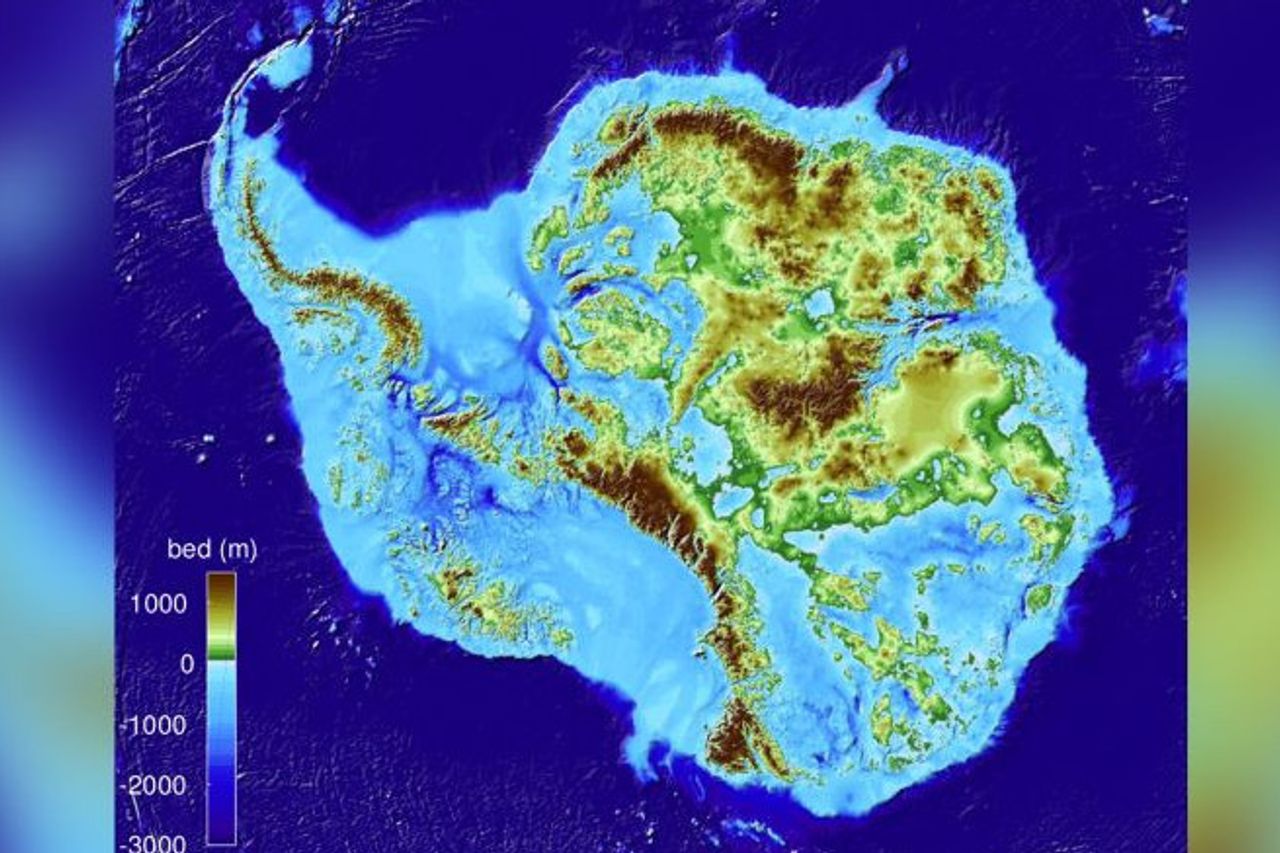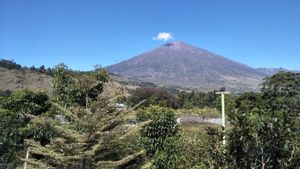The Deepest Land On Earth Is Under The Continent Of Antarctica

JAKARTA - A number of scientists have successfully identified the deepest point on Earth. The expanse of land in the form of mountains and valleys is under the ice sheet in Antarctica.
Quoted from Live Science, the lowest land is right under the Denman glacier in East Antarctica. The ancient continent is located 3.5 km below sea level.
According to Glaciologist from the University of California, Mathieu Morlighem said the deepest point on earth is filled with ice and difficult to reach. It has a length of 100 km and a width of 20 km.
The new findings were presented at the American Geophysical Union's Fall Meeting in San Francisco, United States (US). They mentioned that the deepest landmass was referred to as the White Continent.
"Using BedMachine to take a closer look at certain sectors in Antarctica, you find important details, such as bumps and holes under the ice that can accelerate, slow down and even stop the retreat of glaciers," Mathieu said, Monday, December 16.
The depiction of the deepest land on earth uses the latest technology from NASA called 'BedMachine Antarctica'. This project was worked on for six years.
The map combines measurements of ice movement, seismic measurements, radar and other data points to create the most detailed images of Antarctica's hidden features. This new map, published December 12, 2019 in the journal Nature Geoscience.
According to Morlighem, one of his challenges during the search for the land was data collection. In addition, Morlighem said that climate change could affect the state of ice on the land.
This study also succeeded in discovering new facts how ice flows in Antarctica when global warming occurs. So if all the ice in Antarctica melts, it is estimated that global sea levels will rise by 60 meters and the impact will be very devastating, especially in coastal areas.
Included in the data is evidence for the deepest canyons on planet Earth. By studying how much ice flows through a certain narrow area known as the Denman trough each year, researchers realized that the ice would have to dive at least 3,500 meters below sea level to accommodate all the volume of frozen water.


